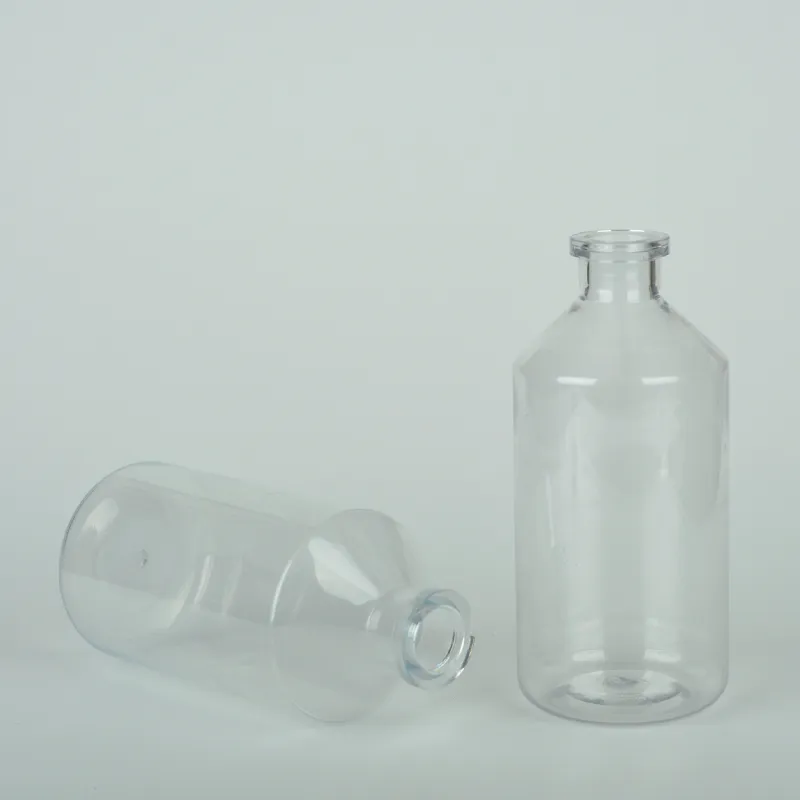
-
 Afrikaans
Afrikaans -
 Albanian
Albanian -
 Amharic
Amharic -
 Arabic
Arabic -
 Armenian
Armenian -
 Azerbaijani
Azerbaijani -
 Basque
Basque -
 Belarusian
Belarusian -
 Bengali
Bengali -
 Bosnian
Bosnian -
 Bulgarian
Bulgarian -
 Catalan
Catalan -
 Cebuano
Cebuano -
 Corsican
Corsican -
 Croatian
Croatian -
 Czech
Czech -
 Danish
Danish -
 Dutch
Dutch -
 English
English -
 Esperanto
Esperanto -
 Estonian
Estonian -
 Finnish
Finnish -
 French
French -
 Frisian
Frisian -
 Galician
Galician -
 Georgian
Georgian -
 German
German -
 Greek
Greek -
 Gujarati
Gujarati -
 Haitian Creole
Haitian Creole -
 hausa
hausa -
 hawaiian
hawaiian -
 Hebrew
Hebrew -
 Hindi
Hindi -
 Miao
Miao -
 Hungarian
Hungarian -
 Icelandic
Icelandic -
 igbo
igbo -
 Indonesian
Indonesian -
 irish
irish -
 Italian
Italian -
 Japanese
Japanese -
 Javanese
Javanese -
 Kannada
Kannada -
 kazakh
kazakh -
 Khmer
Khmer -
 Rwandese
Rwandese -
 Korean
Korean -
 Kurdish
Kurdish -
 Kyrgyz
Kyrgyz -
 Lao
Lao -
 Latin
Latin -
 Latvian
Latvian -
 Lithuanian
Lithuanian -
 Luxembourgish
Luxembourgish -
 Macedonian
Macedonian -
 Malgashi
Malgashi -
 Malay
Malay -
 Malayalam
Malayalam -
 Maltese
Maltese -
 Maori
Maori -
 Marathi
Marathi -
 Mongolian
Mongolian -
 Myanmar
Myanmar -
 Nepali
Nepali -
 Norwegian
Norwegian -
 Norwegian
Norwegian -
 Occitan
Occitan -
 Pashto
Pashto -
 Persian
Persian -
 Polish
Polish -
 Portuguese
Portuguese -
 Punjabi
Punjabi -
 Romanian
Romanian -
 Russian
Russian -
 Samoan
Samoan -
 Scottish Gaelic
Scottish Gaelic -
 Serbian
Serbian -
 Sesotho
Sesotho -
 Shona
Shona -
 Sindhi
Sindhi -
 Sinhala
Sinhala -
 Slovak
Slovak -
 Slovenian
Slovenian -
 Somali
Somali -
 Spanish
Spanish -
 Sundanese
Sundanese -
 Swahili
Swahili -
 Swedish
Swedish -
 Tagalog
Tagalog -
 Tajik
Tajik -
 Tamil
Tamil -
 Tatar
Tatar -
 Telugu
Telugu -
 Thai
Thai -
 Turkish
Turkish -
 Turkmen
Turkmen -
 Ukrainian
Ukrainian -
 Urdu
Urdu -
 Uighur
Uighur -
 Uzbek
Uzbek -
 Vietnamese
Vietnamese -
 Welsh
Welsh -
 Bantu
Bantu -
 Yiddish
Yiddish -
 Yoruba
Yoruba -
 Zulu
Zulu
polystyrene petri dish autoclave
The Use of Polystyrene Petri Dishes in Autoclaving Procedures
Polystyrene petri dishes are ubiquitous tools in scientific laboratories, especially in microbiology, cell culture, and various research applications. Their transparent nature and ability to provide a sterile environment make them ideal for culturing microorganisms and observing biological processes. However, one of the critical challenges faced by researchers is ensuring that these dishes remain sterile, especially when subjected to autoclaving processes.
Autoclaving is a method used to sterilize equipment and media by exposing them to high-pressure steam at temperatures typically around 121 degrees Celsius for a specific duration, often 15 to 20 minutes. This method effectively destroys all forms of microbial life, including spores, making it an essential technique in laboratories that handle pathogenic organisms or require aseptic conditions.
The Use of Polystyrene Petri Dishes in Autoclaving Procedures
In many laboratory settings, researchers often opt for disposable polystyrene petri dishes that can be used for a single experiment. This practice minimizes the risk of contamination, as each dish is pre-sterilized and ensures that the cultures are initiated in a controlled environment. However, the growing emphasis on sustainability in scientific research has led to increased interest in reusable dishes made from materials that can withstand autoclaving, such as polypropylene or glass. These alternatives can endure the harsh conditions of an autoclave without compromising their structural integrity, making them suitable for multiple uses.
polystyrene petri dish autoclave

When dealing with polystyrene petri dishes specifically, scientists can employ alternative sterilization strategies that do not involve autoclaving. For instance, ethylene oxide gas sterilization, UV radiation, or chemical sterilants can be used to maintain sterility without the damaging effects of high heat. These methods allow researchers to continue using polystyrene dishes while ensuring a sterile environment for their experiments.
Furthermore, the application of polystyrene in petri dishes extends beyond traditional microbiological practices. In tissue culture, for example, polystyrene dishes are often coated with various substrates to promote cell attachment and growth. Researchers must be cautious, however, as any pre-treatment of these dishes can be affected by subsequent sterilization processes. Autoclaving pre-treated dishes may alter the surface properties, thereby impacting cell behavior and experimental outcomes.
The importance of proper handling and sterilization of petri dishes cannot be overstated. Many research protocols are contingent upon ensuring that petri dishes remain uncontaminated from the outset. Contamination can lead to unreliable results, erroneous conclusions, and wasted resources. Therefore, understanding the compatibility of the dishes with the intended sterilization method is critical for successful scientific endeavors.
In conclusion, while polystyrene petri dishes play a vital role in scientific research and microbiology, careful consideration must be given to their use in conjunction with autoclaving procedures. Researchers should be aware of the limitations posed by the material and explore alternative sterilization methods when necessary. Furthermore, the move towards sustainable practices may encourage the adoption of materials that can better withstand sterilization while providing the functionality and clarity required for effective experimentation. As science continues to progress, the evolution of laboratory materials and sterilization techniques will play an essential role in advancing research capabilities and ensuring the integrity of scientific findings.
-
PTFE Centrifuge Tubes - Chemical Resistant, Leak-proof, Ideal for Laboratory UseNewsJul.05,2025
-
Premium Metal Dropper Bottle for Precise Dispensing 250ml & 1ml Options AvailableNewsJul.04,2025
-
20 ml Headspace Vials - High Quality Polyethylene & Plastic Vials for Lab UseNewsJul.04,2025
-
Small Bottle with Pipette - Precise Dispensing 100ml Pipette Bottles for Essential Oils & Lab UseNewsJun.24,2025
-
Acetic Anhydride Bottle for Accurate Dropper Measurement in Pharmacy Use High-Quality Dropper BottlesNewsJun.10,2025
-
Innovative PET Bottle Design for Juice – Unique Shapes & Customization OptionsNewsJun.10,2025






















